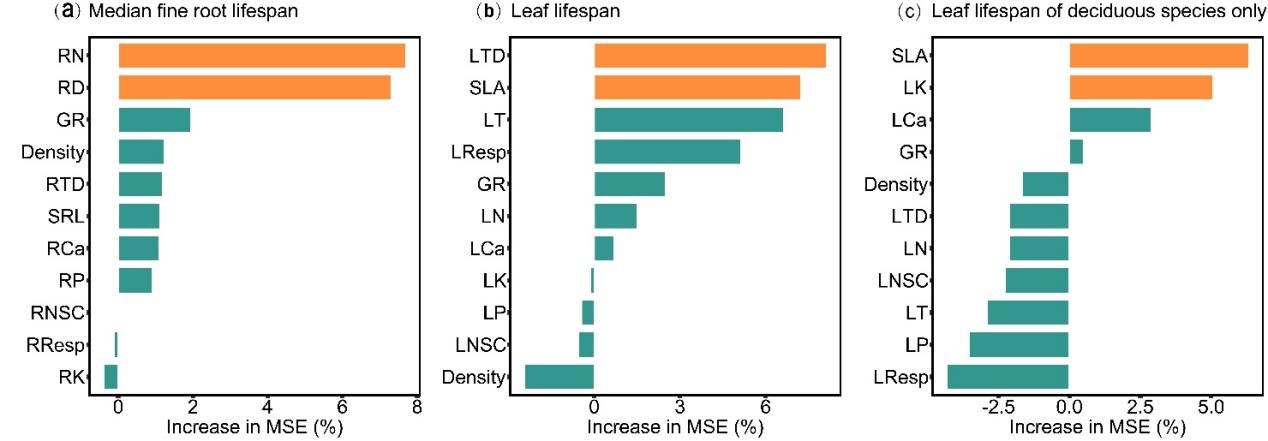Seasonal Rhythms and Lifespan Determinants of Fine Roots in Temperate Plantations
Researchers from the Institute of Applied Ecology, Chinese Academy of Sciences (CAS), have explored how trees balance resource allocation above and below ground to enhance forest productivity and maintain soil fertility. Their findings, titled “Phenological patterns and factors affecting the lifespan of fine roots in forests,” were published in Tree Physiology.
Roots are crucial for tree growth and forest ecosystem function, as they absorb nutrients and help stabilize soil. However, most forestry research and management practices have traditionally emphasized aboveground parts such as stems and leaves, leaving the dynamics of root systems comparatively understudied. Fine roots, which are typically less than 2 millimeters in diameter, are essential for nutrient uptake and carbon cycling. Their production and mortality follow distinct seasonal patterns that can influence forest nutrient balance, productivity, and resilience.
Led by Professor SUN Tao, the research team used minirhizotron imaging, a non-destructive technique that enables observation of roots through transparent underground tubes, to track fine-root lifespan and phenology in dominant temperate plantation species in northeastern China over two years.
The researchers found that fine-root production reached its peak in early summer, while root mortality peaked roughly 50 days later, in late summer to early autumn. Roots produced in autumn tended to live longer than those formed in spring or summer.
The researchers revealed that the lifespan of fine roots was mainly determined by their diameter and nitrogen content: thicker roots with lower nitrogen levels tended to survive longer. By contrast, leaf lifespan was most strongly associated with leaf tissue density and specific leaf area, both of which are linked to photosynthetic efficiency.
The team also found no significant correlation between root and leaf lifespans, suggesting that trees adopt independent strategies above and below ground to balance function and stability.
According to the research team, these results imply that trees do not align the lifespans of their leaves and fine roots, but instead adjust each organ to specific environmental and physiological demands. This differentiation allows trees to better optimize nutrient uptake and carbon storage throughout the growing season.
This research provides valuable insights for improving species selection and forest management practices in plantation forestry. Understanding the variation in fine-root phenology and lifespan across species can help maintain soil organic matter, improve nutrient use efficiency, and support sustainable forest management under changing environmental conditions.

Figure 1. Major predictors of fine-root and leaf lifespan: (a) fine-root lifespan, (b) leaf lifespan in deciduous and evergreen species, and (c) leaf lifespan in deciduous species only (Image by HOU Jiawen).



